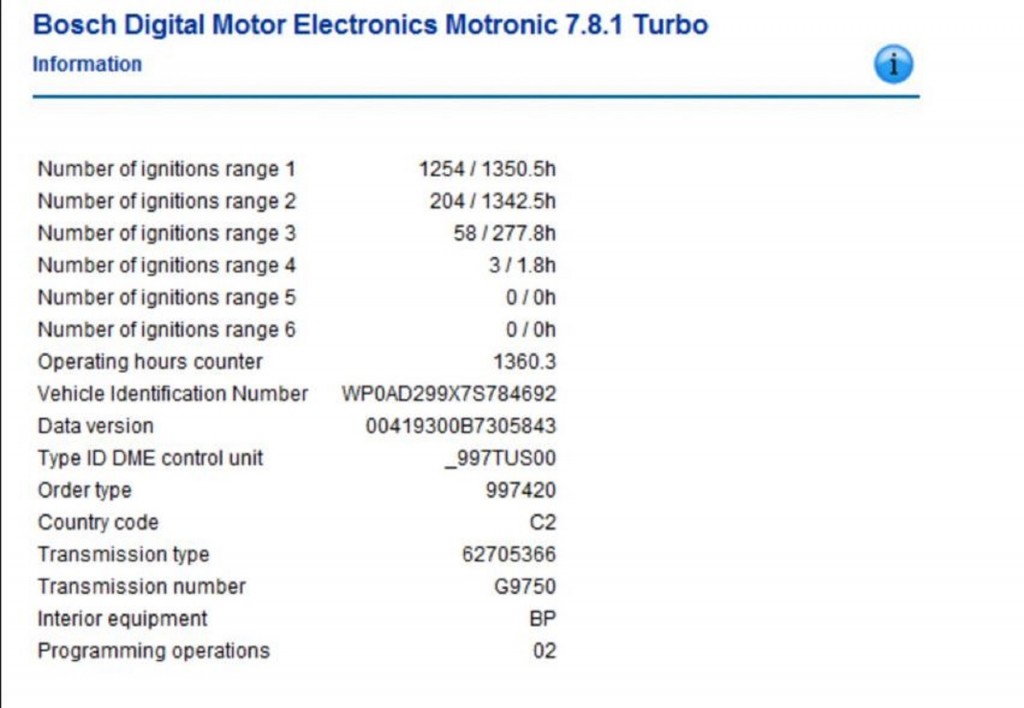 It’s an almost daily occurrence that Stuart or Tim are asked to share their opinion on a Porsche a customer is eyeing off to purchase. Discussing the pro and cons of different Porsche models is the passion of many customers. Debating the merits and market value of Porsches is also the favourite topic amongst enthusiast as they pick up or drop off vehicles at NINEAUTO.
It’s an almost daily occurrence that Stuart or Tim are asked to share their opinion on a Porsche a customer is eyeing off to purchase. Discussing the pro and cons of different Porsche models is the passion of many customers. Debating the merits and market value of Porsches is also the favourite topic amongst enthusiast as they pick up or drop off vehicles at NINEAUTO.
In the event that your lively banter moves to serious contemplation and the potential procurement of a new ride, we suggest a PPI (Pre Purchase Inspection). See previous NINEAUTO post on PPI’s. For modern Porsche models after 1997(996 and Boxster 986), we always begins a PPI with a Rev Range Check to understand if the engine has recorded over revs.
Car engines are designed to operate up to a maximum rotational speed, (measured in RPM). The car manufacturers install a rev limiter to prevent an engine speed exceeding a pre-determined point of where the engine can safely operate. At full throttle and whilst holding the accelerator pedal down indefinitely the engine can’t and won’t exceed the rotational speed of the limiter. However, when a driver selects too low a gear relative to the speed of travel, the momentum of the car can mechanically drive the engine past a point of safety. Rev range history is permanently stored in the car’s ECU.
At NINEAUTO we use a revs checking tool to ascertain if the odometer is accurate, and to analyse the engine’s computer to see engine range history of the engine including over-revs and when they occurred, rev-limiter usage, and operating hours. In addition, we can also determine if the car has any stored fault conditions. These faults may identify required outstanding works that need to be built into the negotiated purchase price.
After evaluating the revs check report, we will either recommend continuing with a PPI, or that this is probably not the vehicle for you.
Please note that a high range rev does not automatically mean the engine has an issue. Further review of engine data, timing of rev recording and other testing may be required to determine whether there is a potential issue.
This year, a number of customers have passed on cars based on the rev check. Whilst this wasn’t the outcome they were looking for, the upside is they have saved money by not progressing with an unnecessary PPI and haven’t purchased a car that may have issues in the future!
Example of rev range report extracted from a US Turbo’s ECU.



